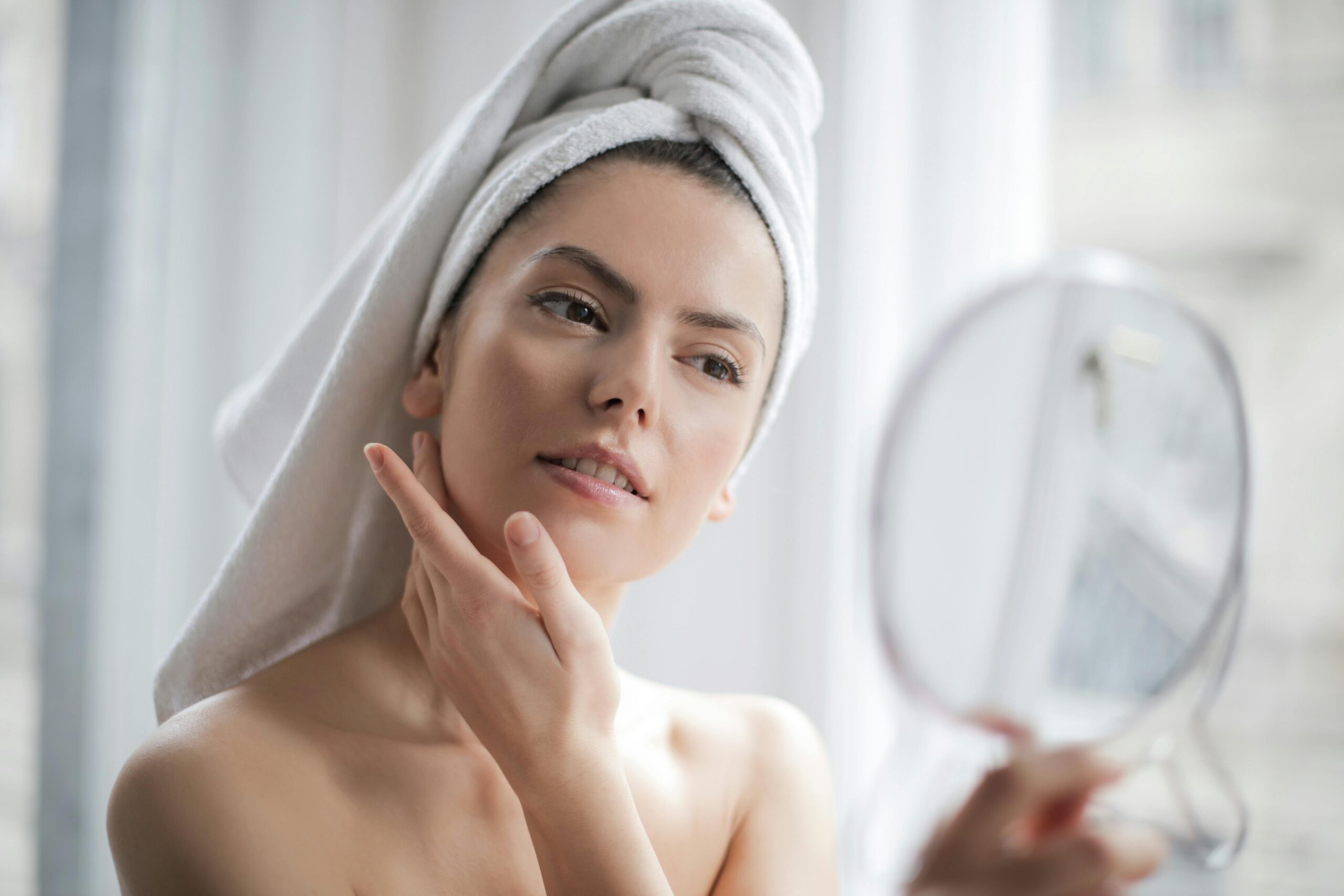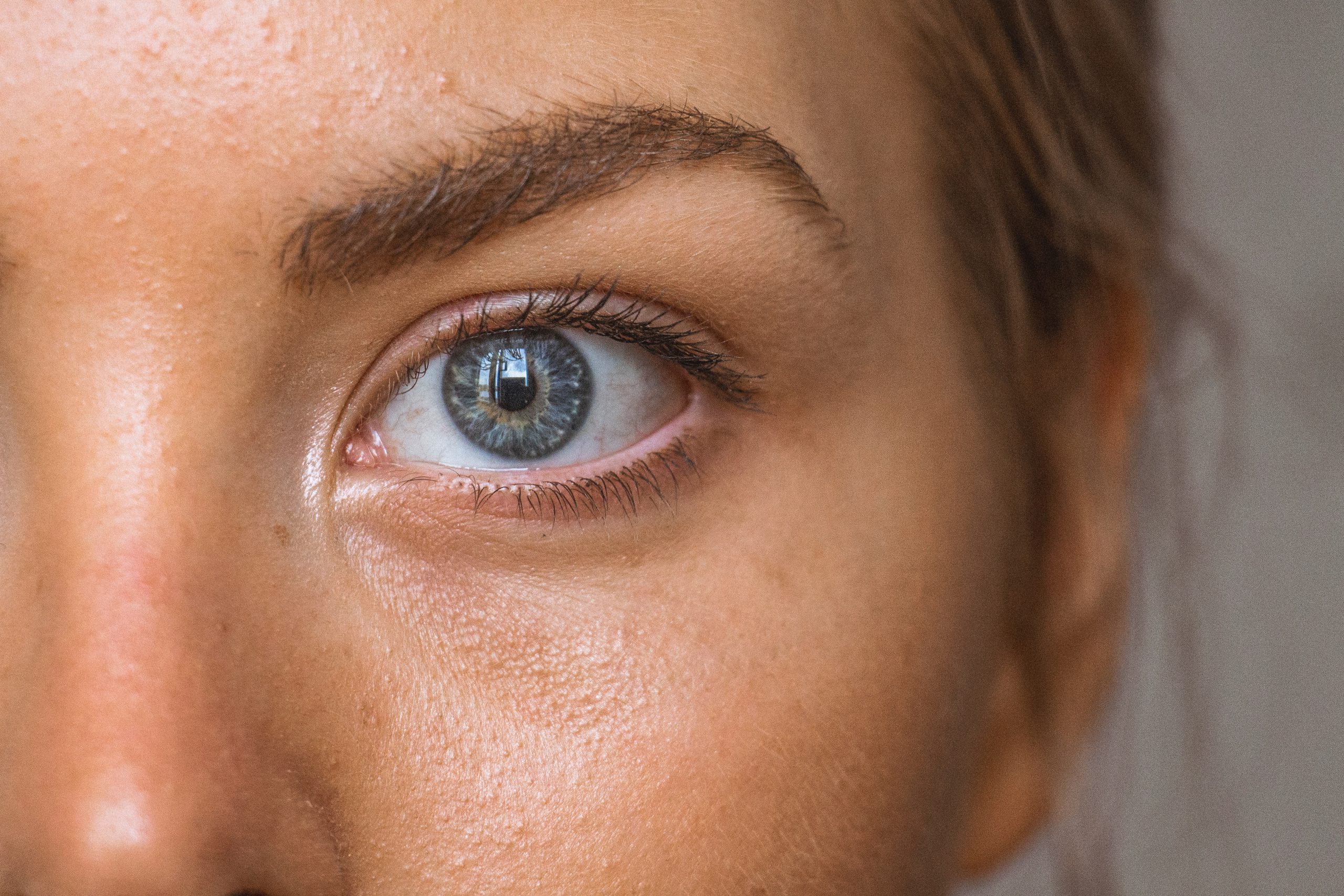A guide to sensitive skin for salon owners.
Did you know that over 70% of adults identify as having sensitive skin?
As a skincare professional you will undoubtedly encounter this common condition in your salon.
The impact of sensitive skin conditions on a person’s life often goes more than skin deep and can have a significant emotional impact.
So, how do you give your clients the results they are searching for? It begins with knowledge and access to the most powerful sensitive skincare products. In this blog we take a deep dive into the world of sensitive skin and introduce you to a new and unique range of products.
What Defines Sensitive Skin?
In simple terms, sensitive skin refers to the skin’s likelihood to become inflamed, overly dry, or irritated. It presents itself as hypersensitivity whereby the skin experiences sensations such as burning, stinging, itching and pain.
Individuals with sensitive skin often have a decreased tolerance for personal care products. It is widely assumed that sensitive skin is caused by environmental and lifestyle factors. While this is true in many cases, research suggests that it can also be genetic.
If your client has sensitive skin, you may observe:
- Redness and flushing
- Thinner skin
- Dryness
- More visible blood vessels close to the surface, sometimes giving the skin its red appearance
- Broken blood vessels
- Sensitivity to sunlight
This type of skin is extremely fragile and prone to react to a variety of triggers, including:
- Incorrect product use
- Frequent and excessive active treatments
- Over exfoliating
- Soap, detergents, fragrances
- Harsh skincare products
- “Cherry picking” between product ranges
- Hormones
- Pollution
- Particular foods
- Stress
- Certain medications
When a sensitive skin is triggered, it can be impacted in many ways that cause discomfort and emotional stress:
Typical symptoms your clients will present with are:
- Dryness
- Skin irritation and inflammation
- Skin stings on product application
- Itchy and flushed patches
- Redness and tingling
- Skin discomfort and tenderness
- Dehydration
- Bumps
What Causes Sensitive Skin?
While the precise workings of sensitive skin are not fully understood, disturbances in both the skin barrier and the skin’s neurosensory network are known to contribute to its manifestation. Let’s take a closer look.
Skin Barrier Disruption
The skin barrier is made up of dead skin cells and lipids. It is the outermost layer of the epidermis and has the vital role of protecting the body from the harsh aspects of our environment such as UV, pollution, toxic chemicals, and infection. If this barrier is weakened or damaged, irritants can penetrate, and skin becomes sensitised, leading to a host of skin issues.
One of the skin barrier’s most critical functions is protecting it from trans-epidermal water loss (TEWL). As this term suggests, it locks in moisture to keep skin soft, supple and firm.
When the skin barrier is damaged, the quick water loss leaves the skin feeling tight and dehydrated. As a result, clients may suddenly experience irritation, and the skin becomes red and inflamed.
A strong and healthy skin barrier is paramount if you want healthy skin. So, as skincare professionals it’s vital that you educate your clients on how to nurture and protect their skin barrier.
Skin Neurosensory Disruption
The role of the nervous system in the development of sensitive skin has become a hot topic in recent years. The skin cells, including keratinocytes, as well as nerve
endings, all play a role in sensory perceptions. Studies have identified that people with sensitive skin have a lower density of intra-epidermal nerve fibres.**
Those tell-tale sensitive skin symptoms of itching, burning, pain all link back to an issue within the nervous system. So, why does this happen? Well, a disrupted skin barrier is thought to be a major factor!
The Role of the Skin Microbiome in Sensitive Skin
There is no doubt, that alongside a compromised skin barrier comes an unbalanced skin microbiome. Both are vital to optimal skin health, but they are also distinctly different. Here’s a quick reminder!
The skin microbiome is composed of living microorganisms while the skin barrier is made up of dead skin cells and lipids.
The skin microbiome works to support the immune system and protects against harmful pathogens to fight infection and inflammation.
The skin barrier helps to protect the skin’s moisture and protects against environmental and external triggers.
Find out more about skin sensitivity and the microbiome here.
What is the answer to Sensitive Skin from a Salon’s Perspective?
Educating your clients in how to protect their skin barrier is key. For example:
- Simplify your skin care regime – less is more when it comes to sensitive skin.
- Use products with a suitable pH – the skin’s natural pH is around 4.7. Sensitive skin clients need products that won’t disrupt this delicate pH balance. If the pH balance is out, it compromises the barrier.
- Choose ingredients that are known to be anti-inflammatory and skin barrier protecting. Think Noni Extract, Beta Glucan, Centella Asiatica and Neuropeptides, to name a few.
- Postbiotic-based skincare is an exciting new addition to the beauty industry. By optimising and safeguarding the skin’s microbiome, sensitivity will be decreased.
Nimue’s NEW Sensitive Skin Range
Answering the demand for targeted and effective sensitive skincare treatment, Nimue’s NEW minimalist range of two homecare and one professional product, calms, soothes and significantly improves sensitive skin. Using patented plant stem cell biotechnology to produce pre and postbiotics, this unique range enhances the skin microbiome to improve barrier health.
Launching in Australia in October, these products are going to be a game-changer!
Look out for our next blog where we share with you the details of this unique product offering.
Conclusion
In conclusion, sensitive skin is a prevalent and complex issue with various triggers and mechanisms. Understanding its underlying causes is essential for developing effective treatments and choosing the best skincare products.


